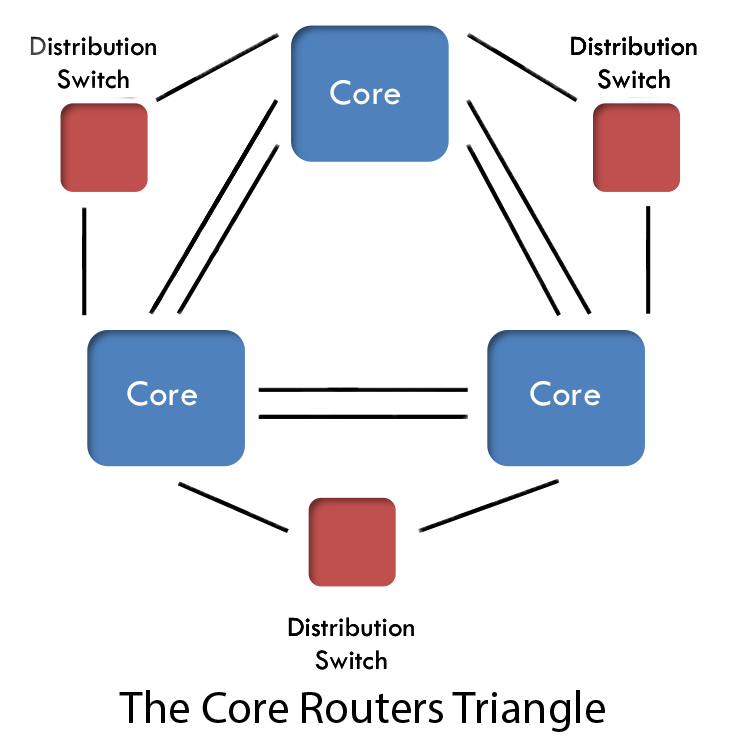Core Routers Upgrade
Just like with our dorms and buildings on campus, occasionally IT’s infrastructure needs an update. Though these updates are not as immediately noticeable to students as the construction going on around campus, they are crucial in ensuring that the William & Mary network keeps running smoothly and without interruptions. This summer, W&M IT is giving the campus’ core routers a face-lift.
What are the core routers? Well, there are essentially three centers to W&M’s campus network. They form the backbone of the network and together are referred to as the core routers. These three physical structures that compose the network—also referred to as “core nodes”—form a triangle shape on campus. One core node is in Jones Hall, one is in Earl Gregg Swem Library and one is in Blow Memorial Hall.
There are also two edge routers that will be upgraded as well as five distribution routers. These routers are not part of the backbone of the network like the core routers but are still essential in connecting campus to the Internet.
 The triangle configuration of the three cores started in 2008 when the campus network was upgraded from a two-core system. Now, nine years later, some of the equipment put in during that transition is getting older and needs to be replaced. IT personnel have started working on this upgrade for the summer and are expected to finish it by May 2018.
The triangle configuration of the three cores started in 2008 when the campus network was upgraded from a two-core system. Now, nine years later, some of the equipment put in during that transition is getting older and needs to be replaced. IT personnel have started working on this upgrade for the summer and are expected to finish it by May 2018.
While some small disruptions might occur during the upgrade of the edge routers, having a three-system set-up of the core routers ensures that campus can still be connected throughout the process. Having three core nodes on campus gives our network redundancy. Redundancy in the IT world is a positive because it means when maintenance is being done on one core, the other two will keep the network up and running, minimizing any downtimes.
More Bandwidth
The update also brings exciting possibilities.
“It allows us more capabilities to do things in the future,” said Network Engineer Clarke Morledge about the upgrade. Mainly, this router upgrade means that the set-up could now handle a larger amount of gigabits. The current routers can handle 10 gigabits per second, but by updating the equipment, there will then exist the potential for the routers to handle up to 40 gigabits per second.
Network Manager Scott Fenstermacher explained that the more gigabits the routers have, the more bandwidth we have as a campus, and the more people can download, stream, and use the web at the same time. This upgrade then sets up the campus network to one day be equipped with a bandwidth four times the size we have now.
“I like to say it’s the next generation of the network,” Morledge said, describing the potential expansion in network capacity.
The core routers upgrade is a necessary move to update IT’s infrastructure and keep our network up and running. It is also a step towards the future for W&M - putting in place a stronger, faster, more expansive network for the campus to enjoy.














